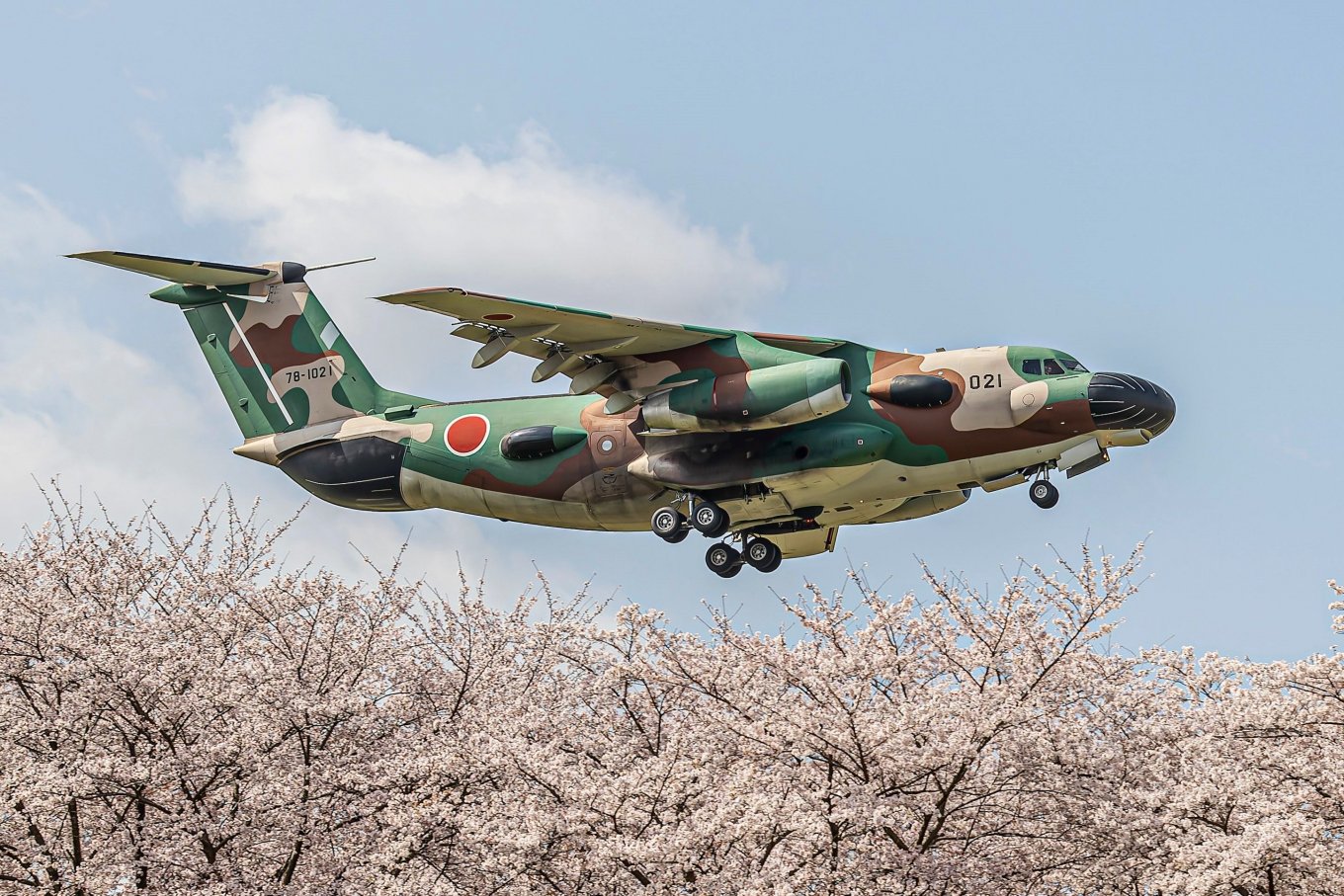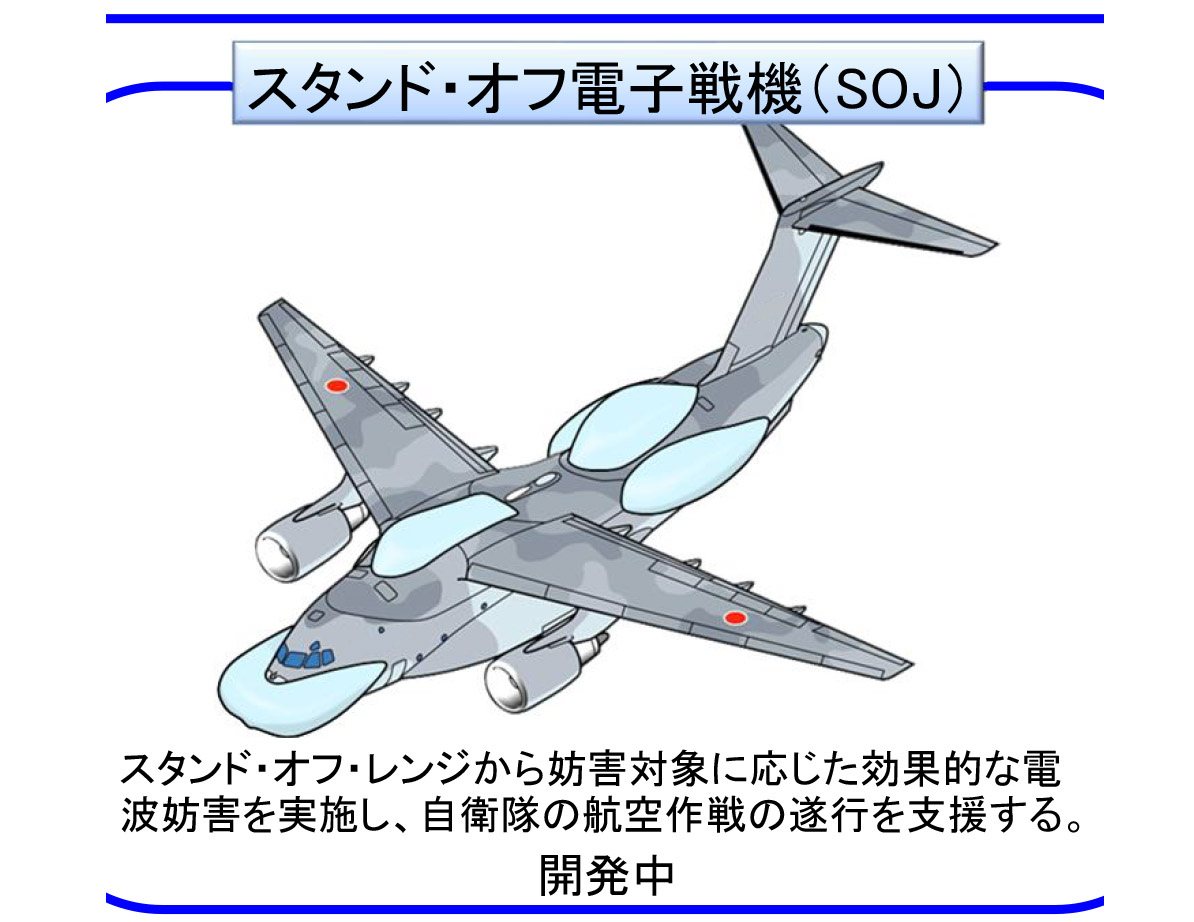The Japan Air Self-Defense Force is set to receive a significant upgrade to its aviation fleet in the form of four Kawasaki C-2 SOJ aircraft, which are specifically designed for electronic warfare operations. These new aircraft will replace the previous model, the EC-1, which has been in service since 1986 as a unique specimen.
This aircraft is quite well-known, built on the base of the Kawasaki C-1 transport aircraft, and features a very distinctive and, in the context of Japan, somewhat "kawaii" (meaning cute in Japanese) appearance. This is due to the additional systems whose fairings are located on the nose, sides, and tail. It also has a rather logical nickname, "Platypus," owing to its nose design.

Although its appearance may not seem very serious, the EC-1 houses robust electronic warfare systems, known initially as the J/ALQ-5 from Toshiba, which were later upgraded to J/ALQ-5 Kai. Its purpose is to counter radar systems of surface-to-air missile complexes and aircraft. Additionally, the aircraft can deploy dipole reflectors thanks to the AN/ALE-41 system. Furthermore, it is equipped with additional unannounced American-made systems.
The EC-1 was produced in only one unit and is designated not just as an electronic warfare aircraft but as a training aircraft for the training of its own air defense crews and fighter pilots. This, of course, does not exclude the possibility of its combat use.
Meanwhile, Tokyo plans not only to replace the EC-1 but also to enhance its airborne electronic warfare capabilities by acquiring four Kawasaki C-2 SOJ aircraft, based on the C-2 transport aircraft, which succeeds the C-1. Based on the official image, it will feature even more fairings, suggesting a greater number of systems onboard.

As for the timeline, the entire electronic warfare complex is expected to be developed and integrated by 2026, and the Kawasaki C-2 SOJ is anticipated to enter service by 2032.